REVIEW – A great free course! – As we just celebrated the 80th anniversary of the D-Day landings in Europe, public knowledge of WWII is waning to the point of historical amnesia.
Twenty years ago, Gallup found 40% of Americans could not identify what D-Day was. Ten years ago, over 70% of respondents either did not know what D-Day referred to or gave an incorrect answer.
Today – in 2024 – an NYU college student had no idea what D-Day was: “Do you mean like doomsday?” she asked, “I believe bombs were involved but I don't know anything else. Spoiler Alert, Operation Overlord was the codename for the massive, allied invasion at Normandy, France that on D-Day June 6, 1944, began the liberation of Nazi-controlled Europe. (RELATED: 5 Forgotten Facts About D-Day You Need To Know)
Considering the scope, scale and stakes of that global conflict, which essentially created the post-war world we now live in, clearly more needs to be done to educate Americans about the war.
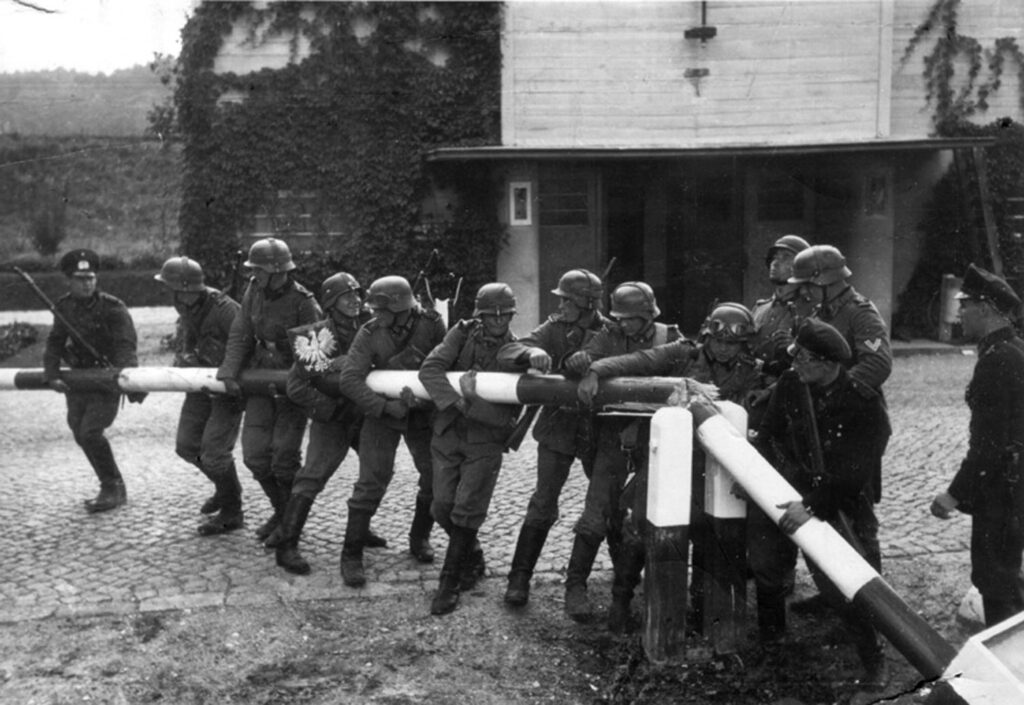
Enter “The Second World Wars” (yes, plural wars) a free online course offered by Hillsdale College and taught by Victor Davis Hanson, with an introduction by Hillsdale President Larry P. Arnn.
Access the free online course by clicking here.
While free online, it is also in a two-DVD format for a donation to Hillsdale.
Karl Rove in The Wall Street Journal calls it a “breathtakingly magisterial” account of World War II by America's preeminent military historian.”
I found it engaging and in an easily digestible, multimedia format (video lectures, study guides and Hanson's book by the same name) that should appeal to a variety of Americans. As a former Marine officer who served in multiple roles and missions, I found the material very interesting.
And so did my PhD fiancé, a professor of British history, showing its broad appeal.
Hanson needs no introduction to anyone interested in politics, history or current events. Currently a Senior Fellow at the Hoover Institution, Hanson received his PhD in classics from Stanford University. And though his academic concentration was ancient history, he grew up surrounded by WWII combat veterans describing their service.
One can see how these recollections and conversations informed Hanson's book and also the outline of his course.
While World War II is generally considered one war with numerous geographic campaigns, Hanson takes a slightly different approach.
The class is based on Hanson's magisterial 2017 book, entitled “The Second World Wars.” Weighing in at over 500 pages, plus endnotes and bibliography, Hanson's book shows how the single conflict we call WWII actually encompasses different places, different allies (and enemies), different locales and different types of fighting.
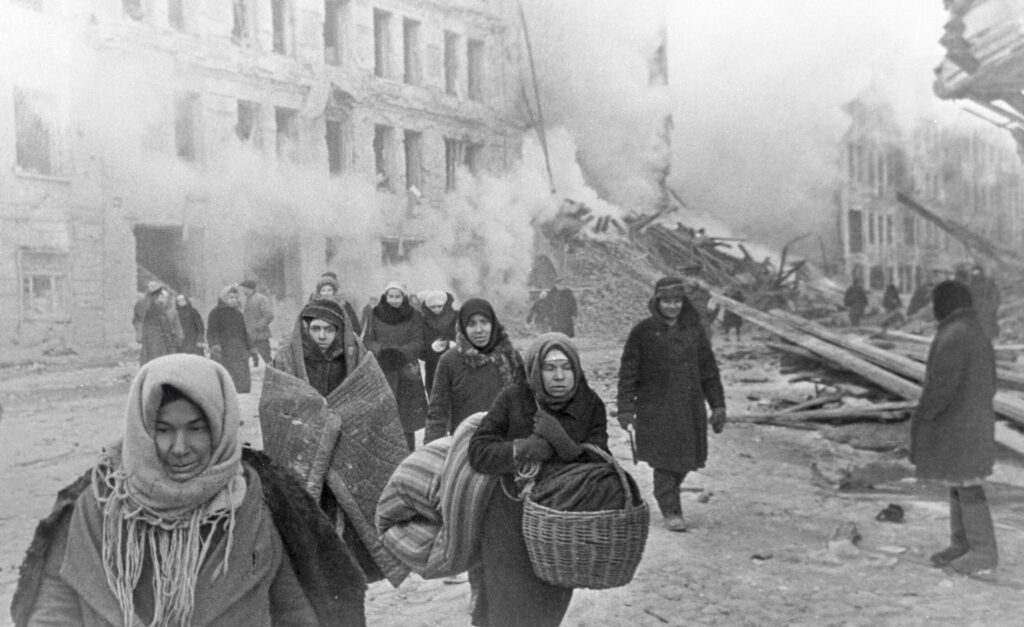
While owning the book isn't required for the course, I would highly recommend buying it and reading it while taking the course.
Dividing the course (as well as the book) thematically, rather than chronologically, helps show that there is no such thing as a monolithic World War II.
The course is divided into seven sessions, each with video lectures (some sessions have short supplementary videos), provided readings, a study guide, online quiz and discussion forum. The un-moderated or curated Discussion Board is the least useful feature as the comments range from nonsense to nonsensical. I also wish they would include better graphics in the study guides. (RELATED: Biden's False Claims About Uncle Eaten By Cannibals In WWII Only Help China)
With the strong focus on planes, tanks and ships, it would have been nice to have color diagrams or drawings of these weapons of war as references. A historical timeline and graphical overview of the wars would also be extremely useful, especially as this course is not geared to those with a history background.
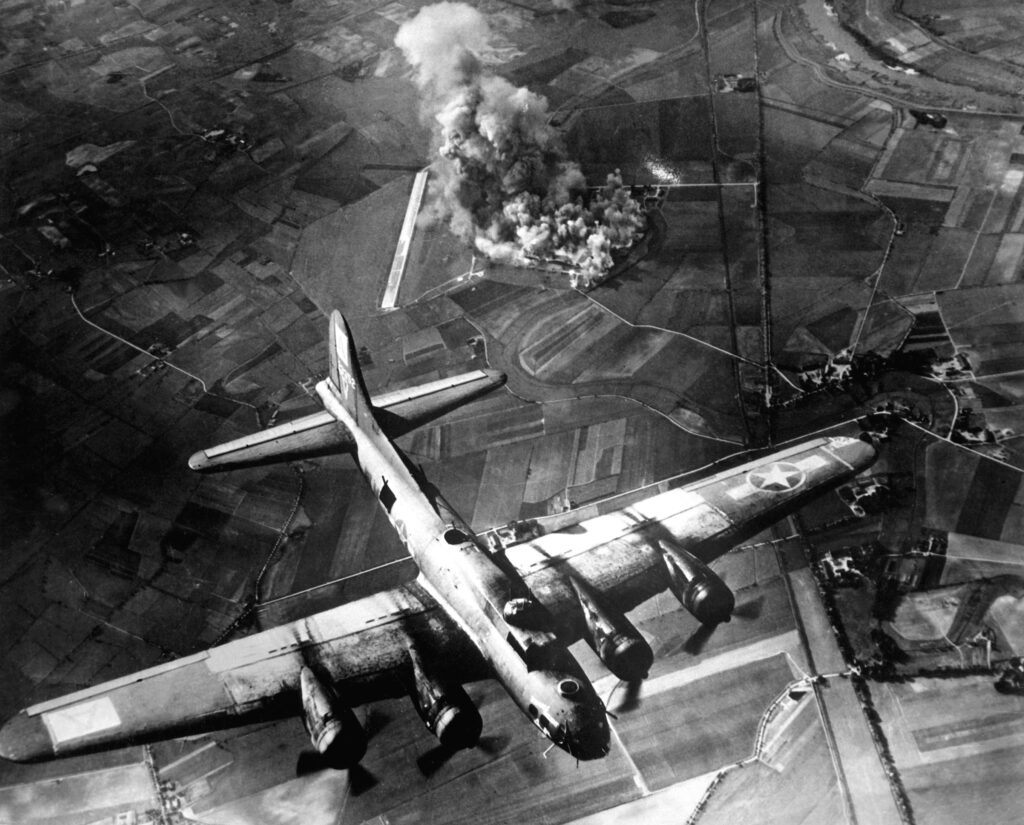
The initial session on “The Stakes of World War II” features a video with Dr. Arnn. This short 36-minute video introduces Hanson, as well as provides wider context and chronology of the war – helpful for viewers who aren't historians.
The following four sessions are elemental – both figuratively and literally – Air, Water, Earth and Fire. These are followed by People, and then, Ends.
The first session examines the role of air power, which Hanson explains was necessary to avoid a bloody conflict on land, as in the First World War. And this element was monumental. Some 800,000 planes were produced by the fighting powers during the war, about a third of which were destroyed.
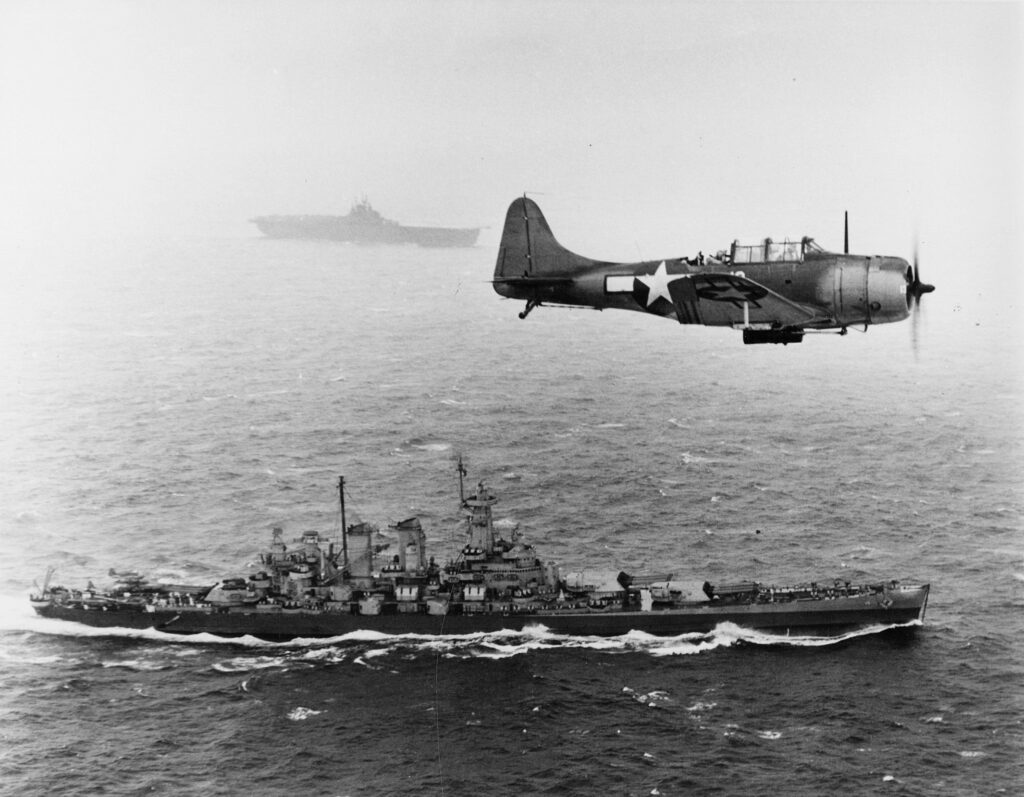
Paradoxically, the Axis powers initially had the advantage in the skies, with the Allies facing 8-10% losses per mission; this changed in 1943, with the Allies then destroying 20% of the Luftwaffe per month.
Atomic bombs dropped from the sky were purposely used to shock Japan into surrender and prevent a broader land war. Whether Allied investment in air campaigns was worth the cost – in money and lives – is ultimately controversial, as Hanson notes.
Hanson then discusses the role of naval power in the third session entitled “Water.” After all, much of the war focused on the battles of the Atlantic and Pacific.

Whereas the Allies focused on the development of aircraft carriers which could transport military supplies and soldiers, in contrast the Axis powers put their money and efforts into making old-fashioned battleships. As the Axis powers sadly learned, the loss of a single battleship was equivalent to losing some 800 Tiger I tanks.
“Earth,” the fourth session, finally focuses on the bloody fighting on the ground. As Hanson notes, geography of the major powers played a significant role in the evolution and outcome of the war.
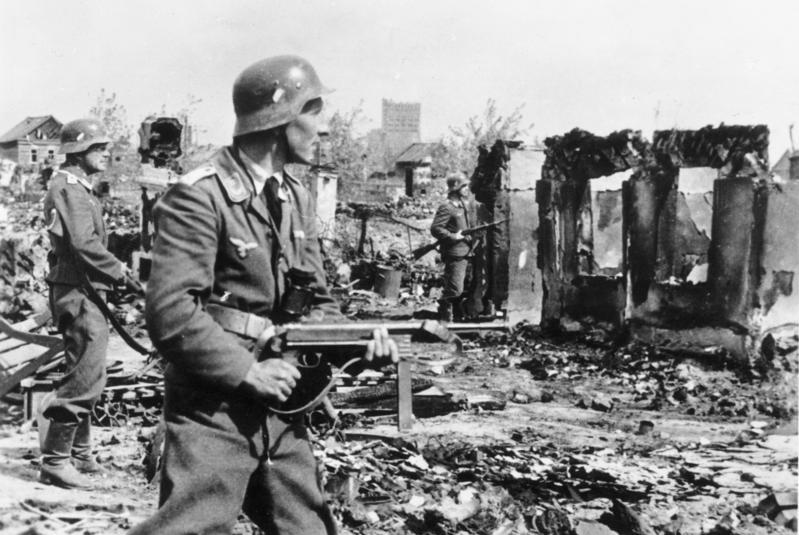
Continental powers like Germany and Russia invested heavily in large armies to protect their territory, while the maritime powers such as the U.K. and U.S., separated from Europe by water, spent more time and money on transport technology, which actually limited the size of troops and weapons.
As Hanson explains: “The fact that Japan and Germany had no ability to invade and occupy Britain and the United States, while the Allies most certainly did intend to put boots on the ground in all their enemies' homelands, is yet another reason why the Axis lost the war.”
“Fire,” the last of the elemental sessions, delves into the weapons of war, with particular attention to the tank. The technology of war – and mass death – had evolved considerably since 1918, irreversibly and tragically so.
As Hanson points out, “With the advent of the modern fighter plane, the advanced submarine, and the aircraft carrier, the world of Western warfare seemed to have been turned upside down, in a way unseen since the fourteenth century spread of gunpowder.”
Yet what killed the most combatants in the conflict was traditional artillery (the “King of Battle”), thus questioning whether the conflict really reinvented the rules of warfare. As an artillery officer, I found this fact particularly noteworthy. (RELATED: Ruins Of Famous Building Missing Since WWII Found)
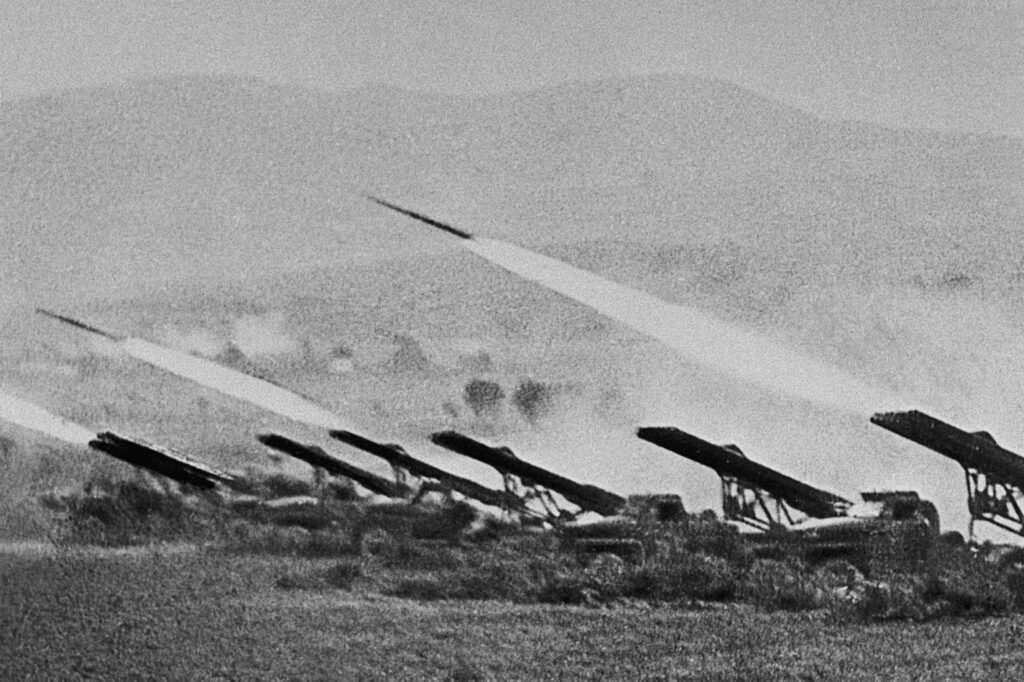
The sixth session on “People” is one of the most engaging and fascinating of the series. It provides the much-needed macro-history of the massive conflict: over 60 million dead, 75% of those killed being civilians (compared to some 17 million dead in WW1, with only 40% being civilians). In a shocking revelation, Hanson shows that 80% of the people who died between 1939-1945 were actually on the winning side.
Hanson then switches to the familiar personalities of the conflict: Churchill, Roosevelt, Stalin, Hitler, Mussolini and Tojo. Hanson's conclusion is that the ultimate success of the Allies was due to their focus on meritocracy in their societies, of enabling the best to rise to the top, while also relying on strategies to wage war with a goal to limit harm to civilians, when possible.
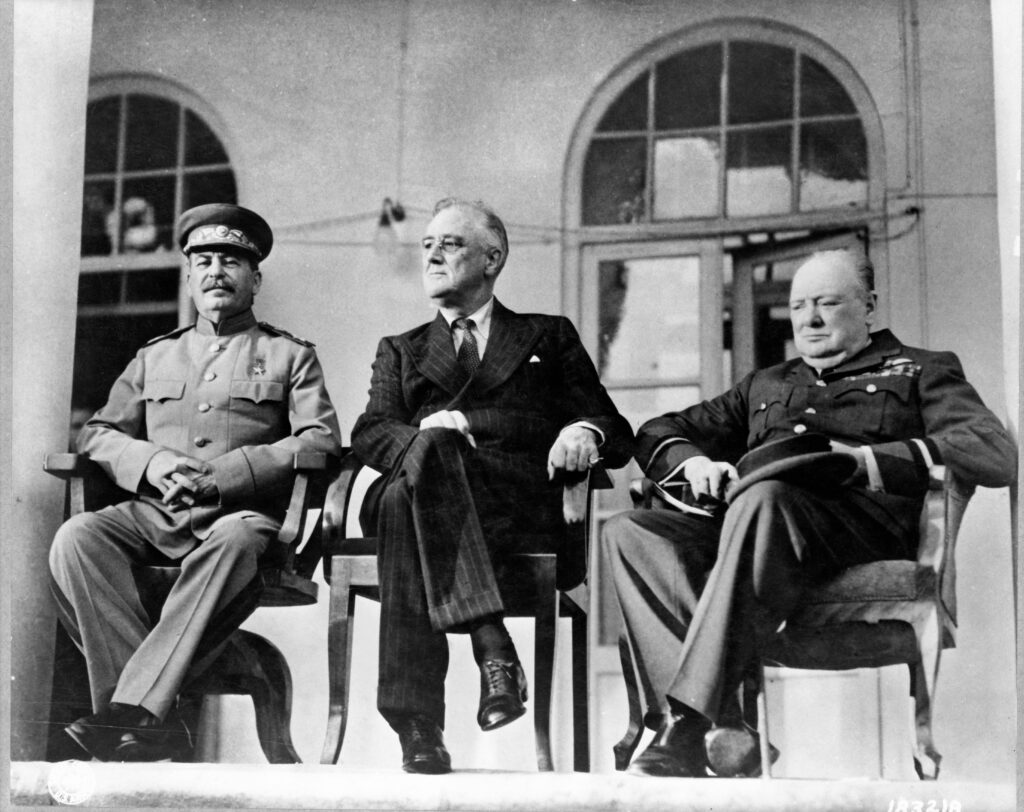
In the final session, “Ends,” Hanson asks if the Allies achieved their objectives? He asserts that the allies only succeeded if the goal was to crush Nazism and its partner systems in Japan and Italy. “Totalitarian ideologies framed the struggle in Manichean terms unlike anything seen in rivalries of the past.”
However, according to Hanson, if the goals were to provide a lasting peace, or end totalitarianism, then the Allies failed spectacularly, given the following hot and Cold Wars that followed in the second half of the twentieth century. I would disagree with Hanson here because a Cold War isn't the same as a hot war, and Europe and Asia have sustained 80 years without major catastrophe.
Hanson then asks why the Allies won. As the study guide succinctly puts it: “there were 2 billion people on the planet and the Axis powers were actively at war with approximately half of them.” That, coupled with industrial might and technological advancement, secured victory in 1945.
The story of that ultimate victory – and the price America paid – needs to be told now more than ever. (RELATED: Granddaughter Of WWII Nurse Sets Record Straight After VA Attempts To Ban Iconic V-J Day Photo)

Today, vile antisemitism rocks universities in America and abroad, a belligerent authoritarian Russia is still trying to conquer Ukraine, while nuclear weapons, whose destructive power dwarfs that of Nagasaki and Hiroshima, proliferate in the hands of dictators and possibly terrorists.
Not only are many young Americans clueless about their own history, but perhaps that history is even repeating itself. To those veterans who gathered on Normandy's beaches in June, it must seem clear how timely – and needed – this course is.
The opinions expressed in this article are those of the author and do not necessarily reflect the positions of American Liberty News.
READ NEXT: Anti-Woke Medical Practitioner Slams Surgeon General's Insane Rhetoric


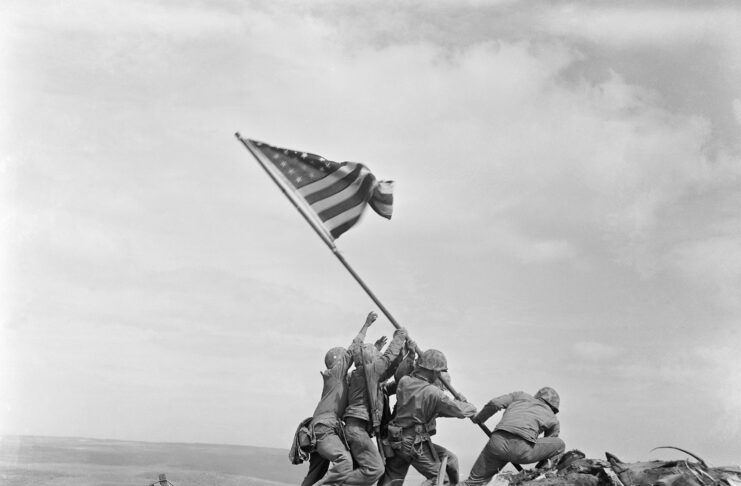
Please allow time before your comment appears, as all comments are reviewed and subject to moderation. View our Comment Policy here.